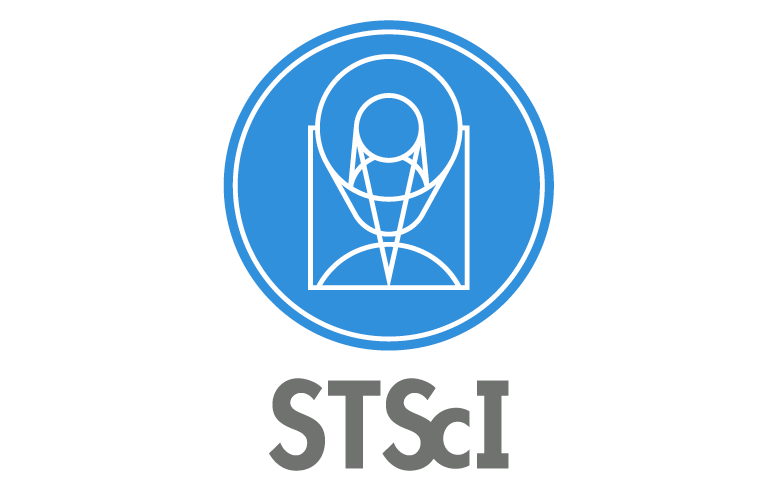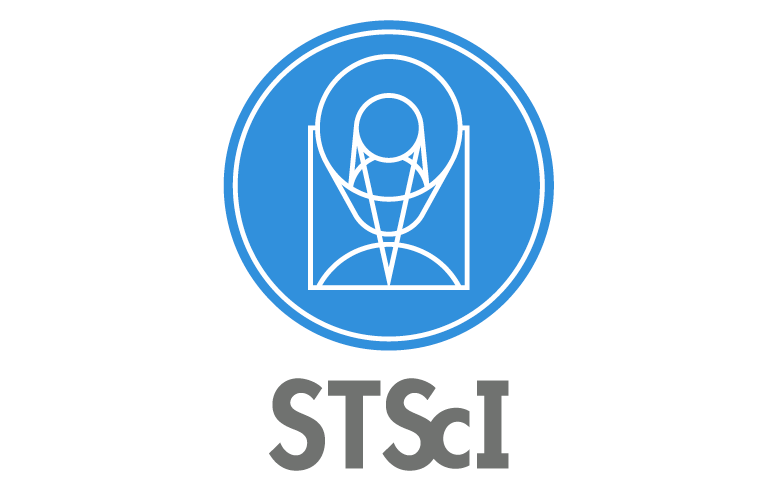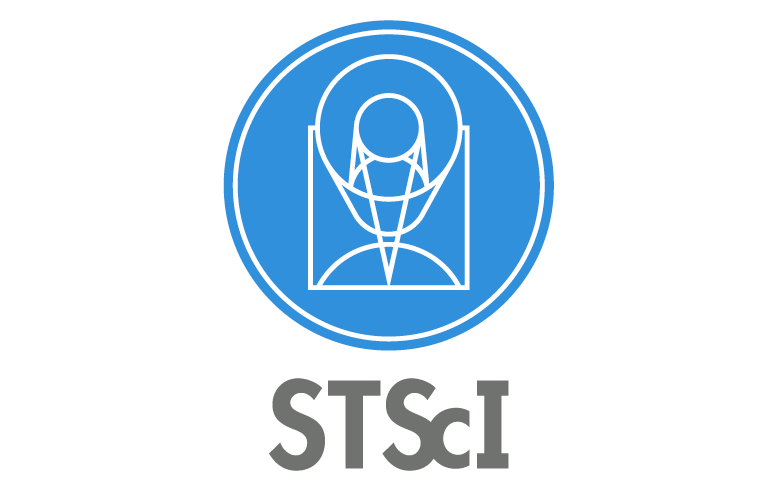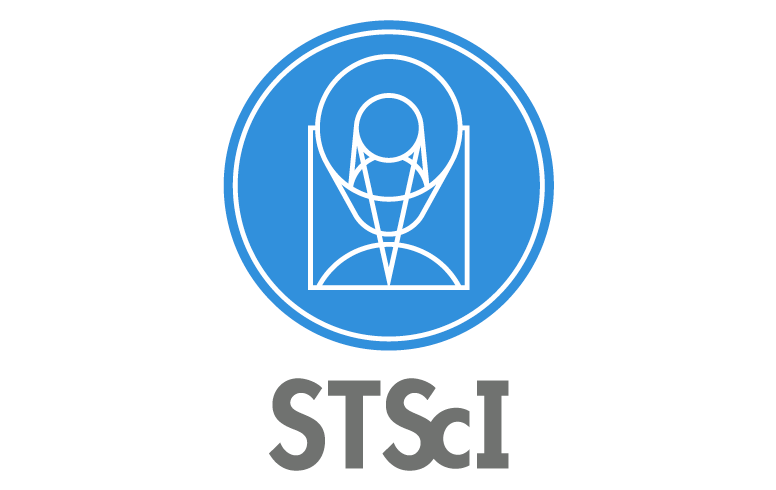
The advent of cryogenic space-borne infrared observatories such as the Spitzer Space Telescope has lead to a revolution in the study of extrasolar planets and planetary systems. Already Spitzer has characterized the emergent infrared spectra of close-in giant exoplanets that orbit sun-like stars, using transit and eclipse techniques. Transits offer enormous advantages in characterizing the bulk properties (mass, radius) as well as the atmospheric composition of extrasolar planets. However, the nearest transiting and habitable extrasolar planet almost certainly does not orbit a Sun-like star. It orbits an M-dwarf star, and it could be a scant 10 parsecs distant from us, or even closer. After we find this unusual habitable world, we will characterize it using transit techniques. Already the ground-based MEarth survey has found a hot superEarth (T = 500 Kelvins) orbiting the M-dwarf star Gliese 1214, 10 parsecs from our own Sun. A space-based all-sky survey could extend the MEarth results to habitable-zone planets. When we have found such a world, the James Webb Space Telescope will be able to measure its atmospheric composition, and possibly even search for biosignatures.
 Contemporary Water and Habitability of Mars
Contemporary Water and Habitability of Mars Astrobiology and the Antropocene Epoch
Astrobiology and the Antropocene Epoch Planets, Life, and the Universe Lecture Series (2009 - Present)
Planets, Life, and the Universe Lecture Series (2009 - Present) Blood Falls: Portal Into an Antarctic Subglacial Microbial World
Blood Falls: Portal Into an Antarctic Subglacial Microbial World